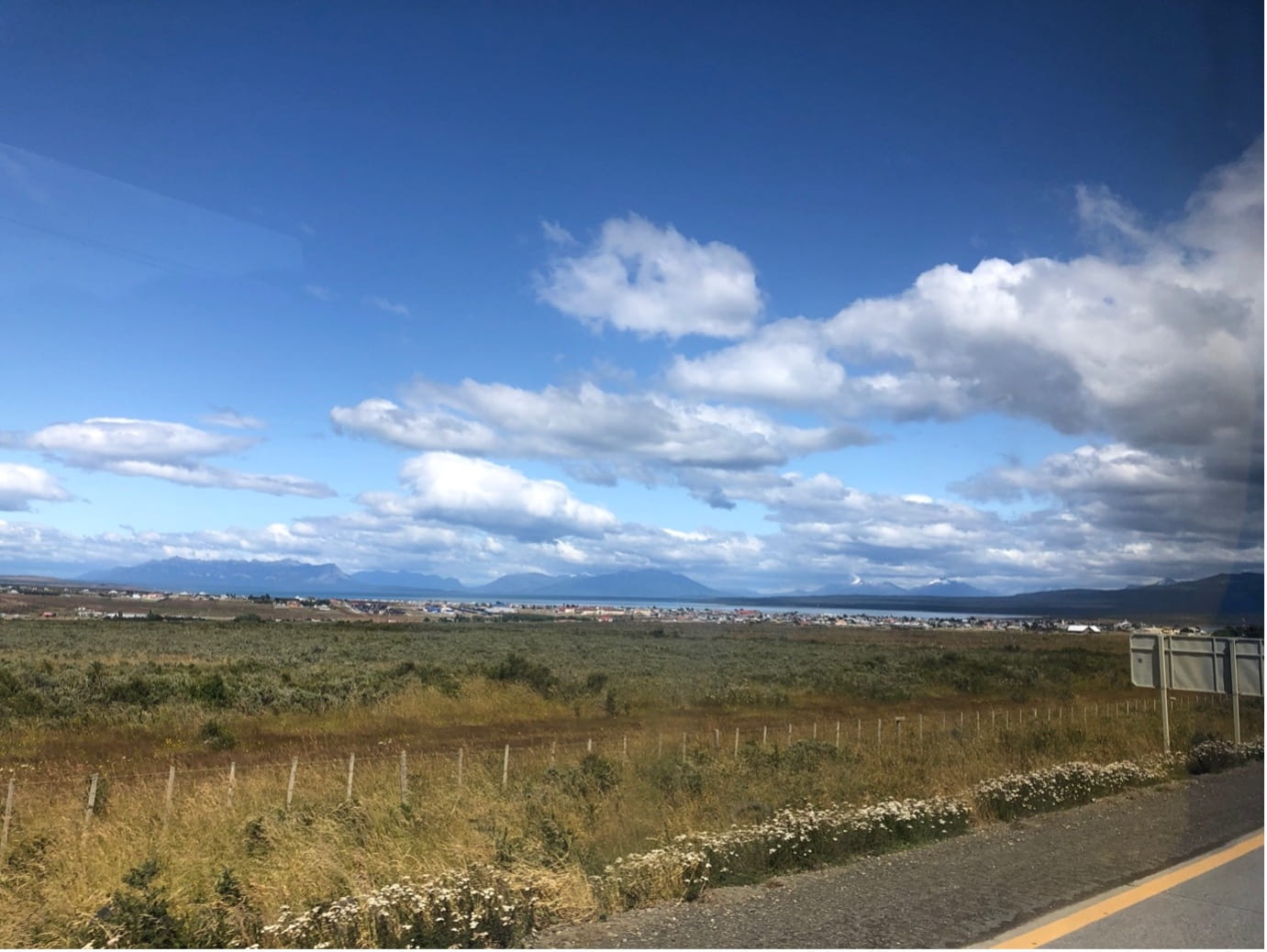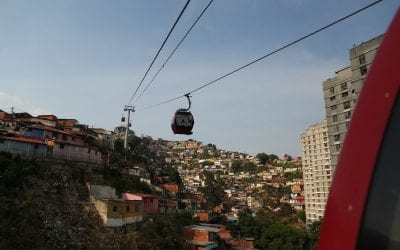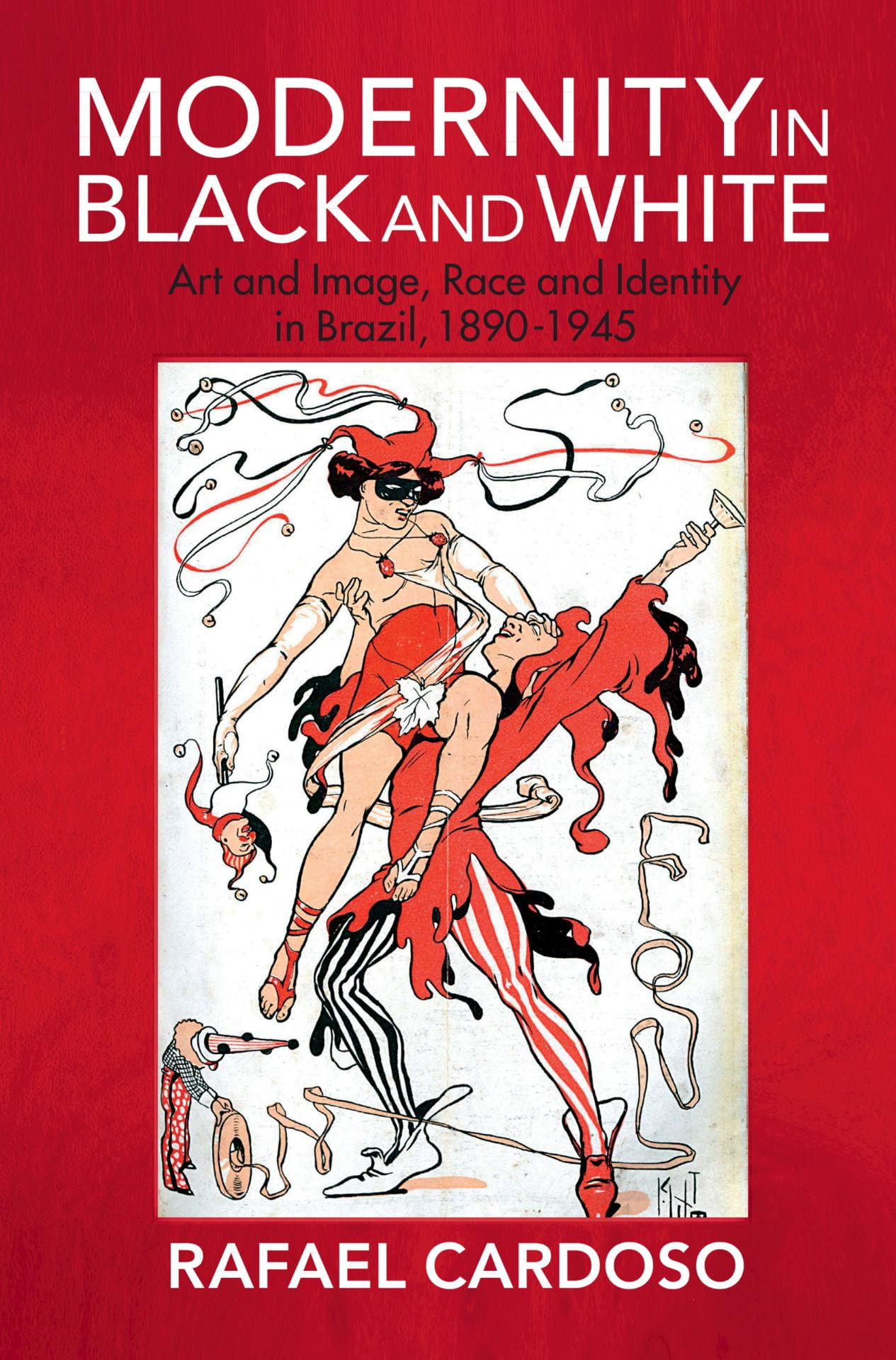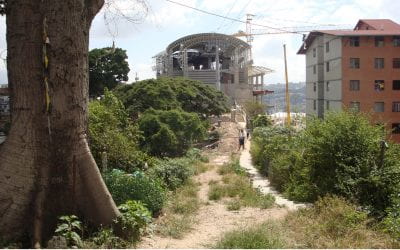Crossing Paths
Movement in National Parks as an Ethical Experience
Human mobility often comes at the expense of the landscape and the nonhuman. Roads and transportation systems intensify habitat fragmentation. Toxins from the road materials leach into the soil. Animals (of the nonhuman sort) are killed by collision with automobiles in staggeringly high numbers. Of course, these roads also connect us to places and experiences that are enjoyable important to us: trips to national parks, family vacations, camping, and visits to the mountains or beach. Accessibility to nature in all its biodiversity is important to us culturally and spiritually. Simply put, our roads take us to magical places, but at what cost? How do we balance the value of these experiences with their very real costs impacts on the very landscapes and animals we love?
To answer these questions, we focus on what our personal experiences can tell us about living more ethically with the problem of human movement and how it affects the world around us. Using two vignettes from Chile and Australia, we outline how the irony of being in nature and harming it can change the way we move through natural landscapes.
Torres del Paine National Park
I (Francisco) will always remember the first time I visited the south of America, and how my experience was interwoven with the marked and unmarked paths of people and nonhumans. Although I was born and raised in Colombia, the landscapes, and seascapes of the south of the continent were only imaginary to me; this was the first of my travels into the iconic landscapes of the “south of the south.” It took us a flight, a bus trip and a short walk to arrive to Puerto Natales—from Santiago de Chile to Punta Arenas and then to Puerto Natales in the Chilean Patagonia.

Panoramic view of Puerto Natales esplanade. Photo by Francisco Gelves-Gomez.
It was January, summer in the southern hemisphere, and the days were long. Puerto Natales sits in the Última Esperanza Sound and some of its streets are decorated with colorful houses that reveal its German settler colonial history. The houses glittered with the summer sun reflected by the local glaciers. Puerto Natales, however beautiful, was not our destination: We were there to use the Puerto as a getaway into the Torres del Paine National Park.
After a night in Puerto Natales, my traveling companion and I made our way in the early morning hours to the national park. The trip took us through the flat plains of la pampa de la Patagonia where we saw beautiful green grasses and trees, a few scattered houses, and roads like arteries and veins connecting and moving people through the south of the continent. These plains contrast drastically with the rocky mountains that were our destination.

The contrasting landscapes of Patagonia. Photo by Francisco Gelves-Gomez.

Las Torres del Paine. Photo by Francisco Gelves-Gomez.
Upon arrival to the Torres del Paine National Park, our van came to a sudden stop. We did not move for a few minutes and we grow anxious. A line of cars waited ahead of us, but still, we cannot understand why we have stopped. It is not until our tour guide screams “Puma” (Felis concolor patagonica) that we understood what brought us to a halt. A mother and two cubs had bravely walked in front of the line of cars, cutting through the human-made road so they could reach the hills. We can only see them in the distance, but, like the others who stopped on the road, we shared this frozen moment watching this family cross the road.

Puma (Felis concolor patagonica) at the entrance of Torres del Paine National Park. Photo by Francisco Gelves-Gomez.
Bunya Mountains National Park
In the winter of 2021, I (Stefanie) travelled with a friend to the Bunya Mountains National Park in Queensland, Australia. The park holds the largest stand of ancient bunya pines in the world. They are a refuge for biodiversity with rainforest peaks, range-top grasslands and eucalypt forests. The birds are magical (and cheeky) with about 120 species that call the area home.

View of Bunya Mountains National Park. Photo by Stefanie Fishel.
I rented a cabin at the bottom of a mountain slope where the land opens into a sloping meadow. In this open area where both wallabies and humans come to eat and relax with their families out of the shadow of the mountains. For humans, it a space that requires automobiles for entrance; the park is remote and far enough from the local town to be long day trip.

Wallaby mum and bub in the Park. Photo by Stefanie Fishel.
We spent our days hiking through the bunya pines, feeding the parrots and watching the wallabies graze on the lawns. In contrast to Francisco’s story, the wallabies in the national park are ubiquitous and mostly ignored. Traffic does not stop for the wallaby and speed limits are rarely followed. Crossing the road at dawn and dusk is a serious, and often deadly endeavour, for the wallaby. After a hike to the top of the mountain to watch the sunset, we returned to the cabin to find a young male wallaby dead in the road in front of our cabin. The driver did not stop to remove the body from the road. We dragged him to the side and went to the main office of the accommodation centre to report the death. The clerks shrugged and said they would call maintenance to remove the body. My friend and I returned to our weekend activities much less enthusiastic about the park and the people sharing this space with us.

Junior male wallaby struck by a vehicle. Photo by Stefanie Fishel.
These differing stories in how nonhuman animals cross our roads—or provocatively, how we cross their forests—might offer us metaphor for life in our current times. Indeed, we believe we are at a “crossroads” where we have the chance to accept that our human life is entangled with nonhuman life. That our encounters with nonhuman animals in our common spaces leaves us room to rethink our ethical engagement with the planet we share with other species. How can we reconcile our movement with theirs?
While Francisco felt joy and connection with others watching the puma family crossing the road, Stefanie felt only frustration with the lack of even minimal care toward the lives of the wallabies. These humans had made a special trip to enjoy the great outdoors (one assumes), yet could not be bothered to remove the body of a young wallaby from the road in their very space—or even slow down at dusk to accommodate the movement of wallaby families to their evening beds? The key ethical conundrum here, we believe, is around the value of life.
In Australia, where both authors have lived as immigrants, we have witnessed the appropriation of space by vehicles, a “car culture,” that share spaces with nonhuman creatures charismatic and even iconic of the Australian landscape. A distinctive feature of cars, particularly SUVS or 4×4, is the so-called ‘bull-bar’ (in Colombia this artifact is commonly known as “mata-burros” (donkey-killer). The purpose of these elements is not the protection of the vehicle from collisions, but effectively the allowance of drivers to be able to speed, without considering the lives of those others who live and inhabit these spaces. Paradoxically, both Latin America and Australia are considered cradles for biodiversity. As immigrants, we realize that our encounters with nonhumans are mediated by our learnings and experiences emerging elsewhere, and hence see value in sharing these stories.
With a focus on Latin America, we see how the continent has been bestowed with ideas of Nature and “wilderness” and how this permeates peoples’ consciousness and expectations. Indeed, it is not uncommon to imagine the continent and its tropical rain forests, as a “veritable garden of Eden,” as environmental historian William Cronon writes in The Trouble with Wilderness; or, Getting Back to the Wrong Nature. Although the rainforest plays no part in Francisco’s story, the pampa can be considered as part of the images of wilderness. As in other parts of the world, conservation in Latin America is practiced as a political and practical process with the aim of maintaining this “Eden,” through tools and territorialization processes that result in so-called “protected areas.” In these spaces, the imaginary wild nature is the goal to be maintained and, consequently, it orders space and time. That is, protected areas are usually conceived and located in a past, preceding strong human influence, where they are frozen in time. Through boundary making, implicit and explicit sets of rules and expectations, protected areas attempt to govern the way that animals, plants, and humans move and our interactions.
Protected areas also provide us with the space for us to consider and understand the dynamics of ecosystems, the imperative to shift conservation from something isolated (from people) to something that is part of the wider landscape and wherein the protected area is a kind of hub of care. Essentially, protected areas should not only be considered as spaces where ecosystems and species are protected from human influences or as static objects frozen in the past —protected areas are dynamic and mobile. Instead, they can be understood as places where human-nonhuman relationships can foster healthier environments, expanding these ideas into the wider landscape.
To return to our original question: How do we balance the value of these experiences with their very real costs impacts on the very landscapes and animals we love? We believe that these human-nonhuman mobilities and encounters have the potential to shape the resulting ethical relationships differently, a way that can take in the broader landscape and the ways we move through it. By way of example, and as Stefanie has written in Of Other Movements: nonhuman mobility in the Anthropocene, “rather than passing and ignoring the corpses of the millions of animals killed annually” we need to redesign and retrofit our roads with the more than humans in mind. This can be as simple as traffic calming and active speed limit signage, to bio-bridges and other special measures for facilitating nonhuman crossings. In Australia, roads are more deadly to animals than disease. In Brazil, a study found that wildlife-vehicle collisions surpass other causes of death like deforestation, pollution, and illegal hunting.
Governments at multiple scales—national, local, regional—and park services can work to reduce harm to animals and connect to larger projects that attempt to harmonize human and ecological infrastructure for a more sustainable and ethical future. We, as users of these public spaces, can demand more from them to reduce harm to and promote that these spaces are not only human in composition. This, we contend, might be the outcome of challenging the human- centered bias, when it comes to human occupation of space: it is important for us to understand how our paths are crossed by-and-with nonhumans, and how these shape our behaviors, and crucially, how we can change them for the better.
Fall 2021, Volume XXI, Number 1
Francisco Gelves-Gomez is a Ph.D. student and Sessional Academic at the University of the Sunshine Coast, and a visiting scholar at the Environmental Social Sciences Research group at The University of Melbourne.
Stefanie Fishel is a Lecturer in Politics and International Relations at the University of the Sunshine Coast and a Research Fellow at UNSW, Canberra. She is the author of The Microbial State: Global Thriving and the Body Politic (2017).
Related Articles
Editor’s Letter: Transportation
Bridges. Highways. Tunnels. Buses. Trains. Subways. Transmilenio. Transcable. When I first started working on this issue of ReVista on Transportation (Volume XXI, No. I), I imagined transportation as infrastructure.
Modernity in Black and White
For years, one of my favorite pieces in the Museo de Arte Latinoamericano de Buenos Aires (MALBA) was the iconic Abaporu (1928), by Brazilian artist Tarsila do Amaral: a canvas…
Transportation Itself Does Not Build Urban Structures
English + Español
Fina Rojas lives in the 19 de Abril at Petare, the densest and one of the largest self-produced neighborhoods in Latin America. Most researchers and policymakers define self-produced neighborhoods as “informal settlements.” However, these settlements occur from…




